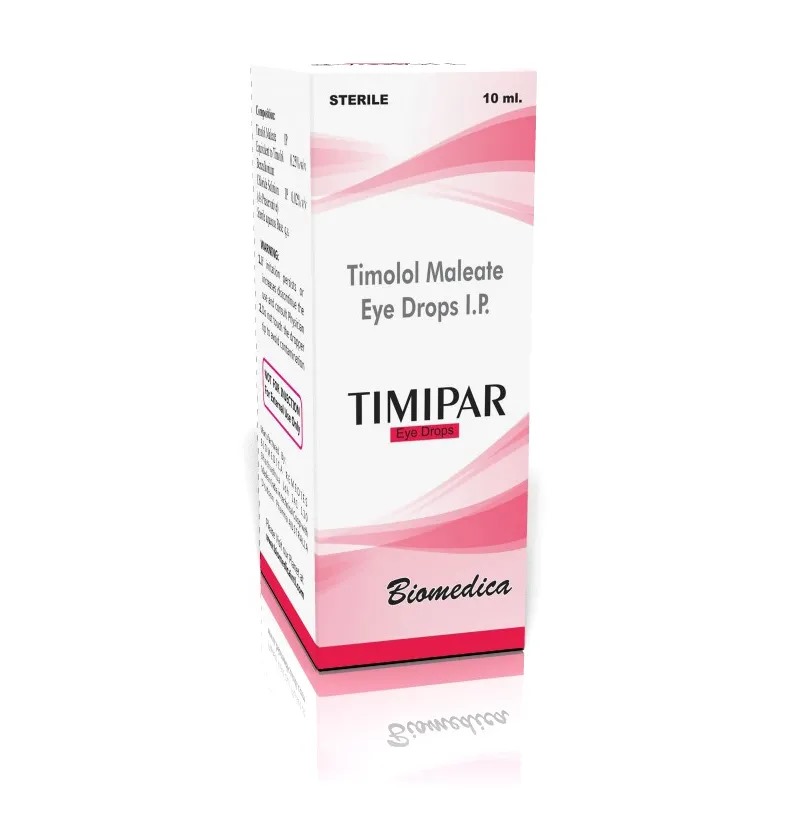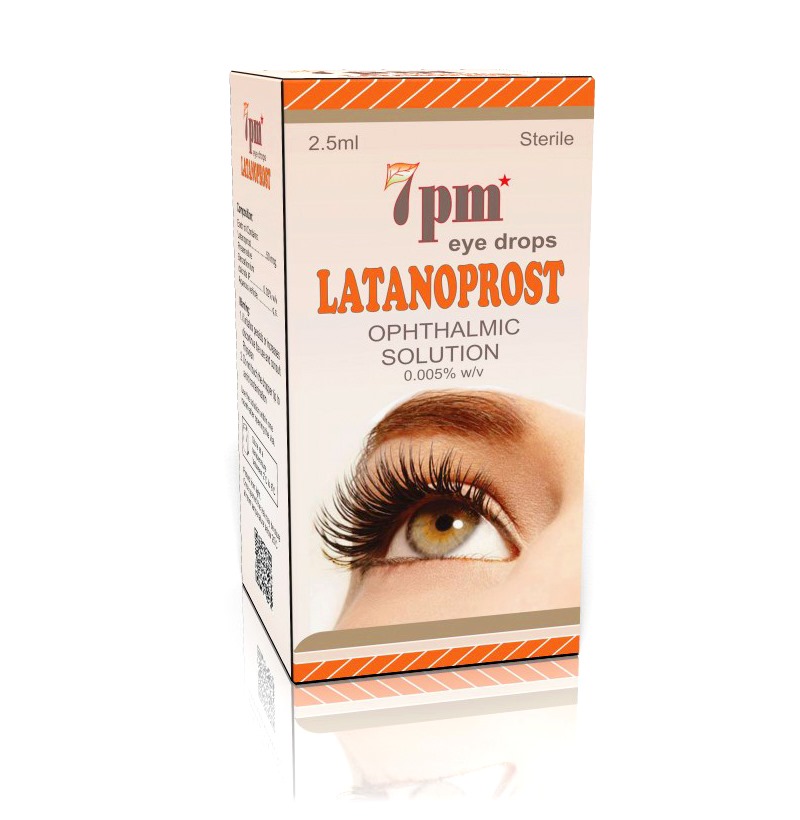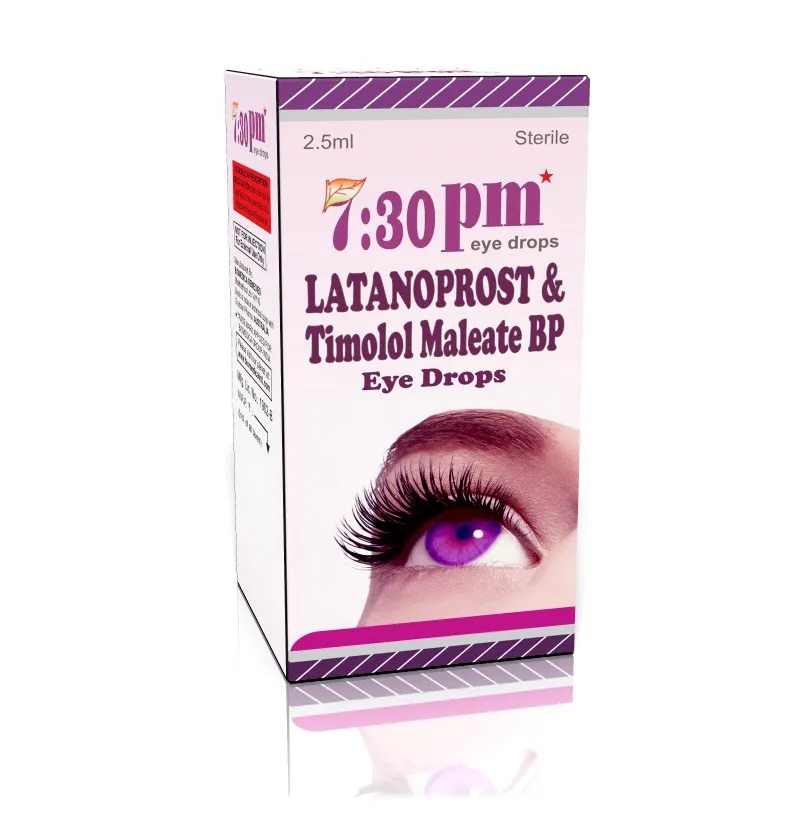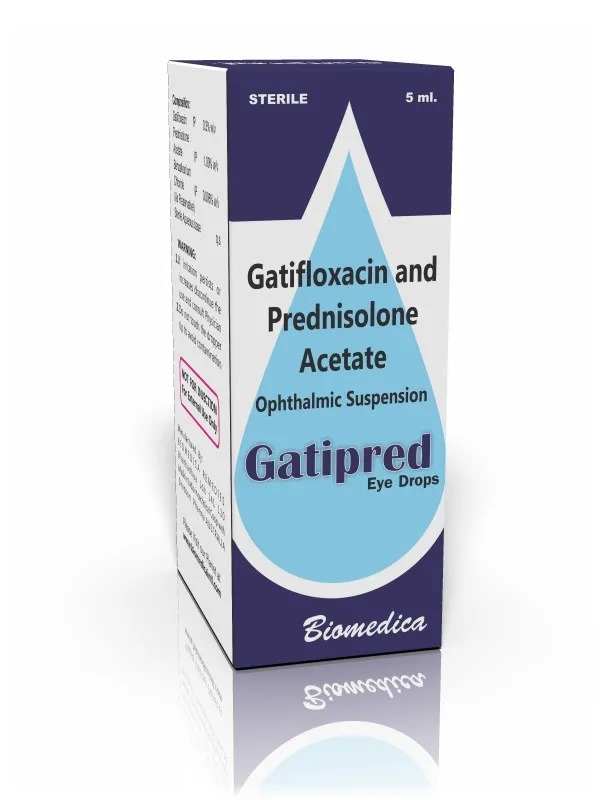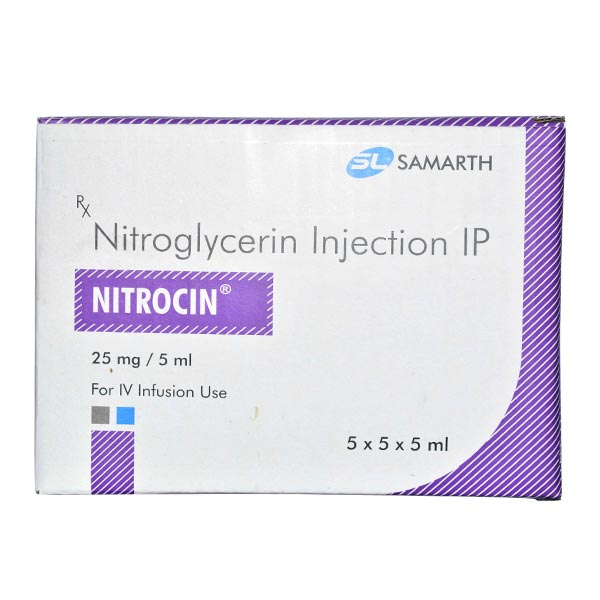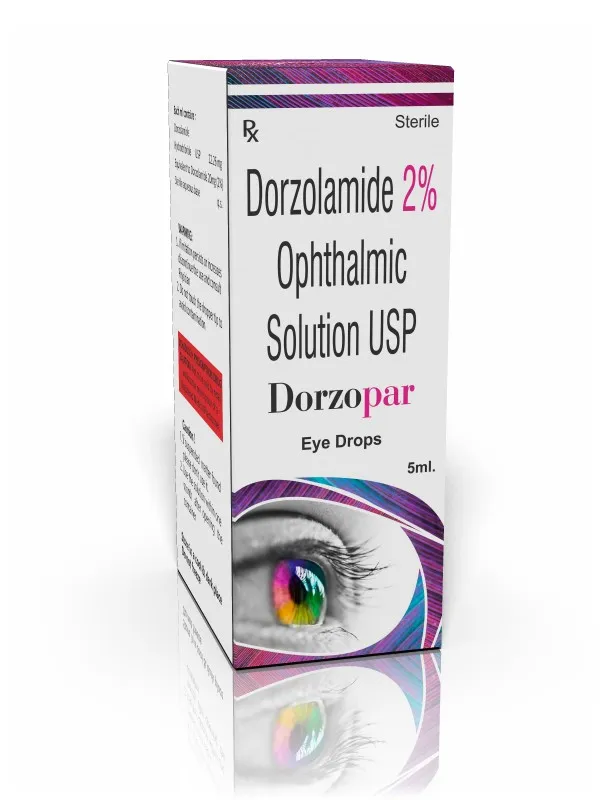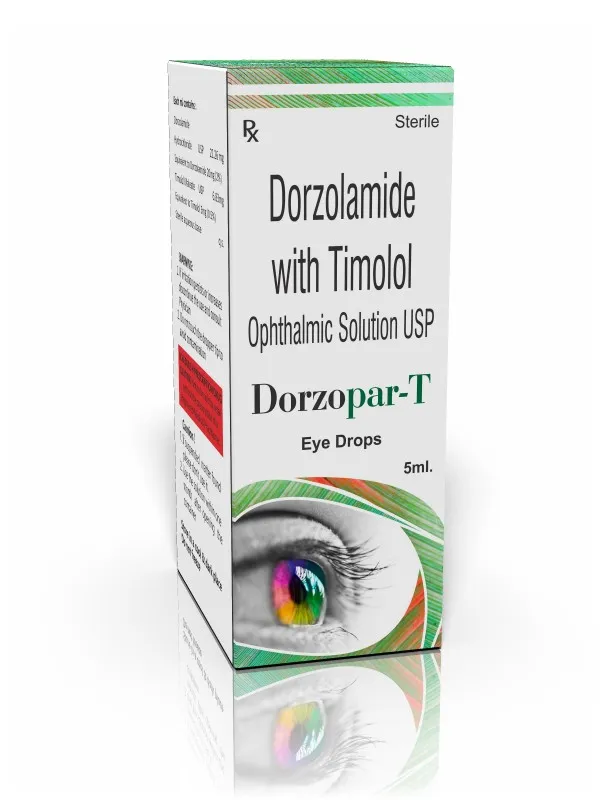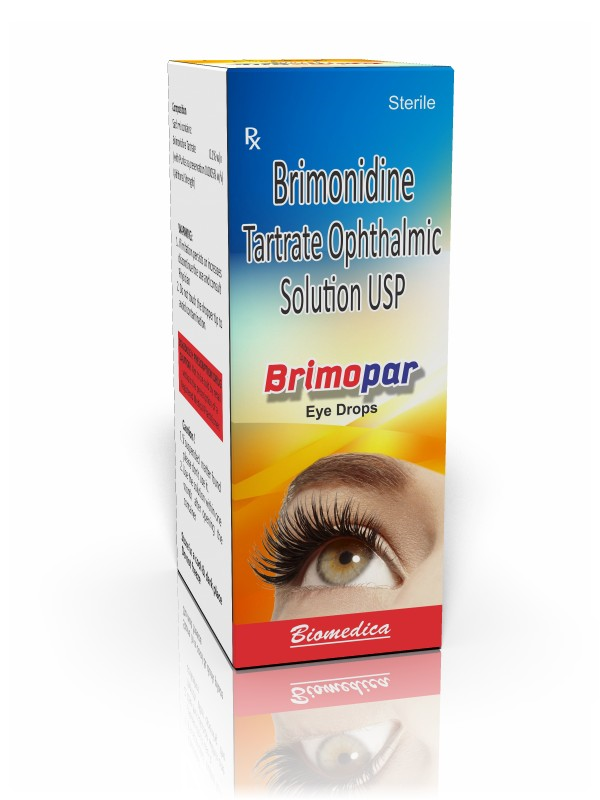Timipar (Timolol Maleate 0.25%) eye drops are a prescription medication primarily used to manage elevated intraocular pressure (IOP) associated with conditions like open-angle glaucoma and ocular hypertension. By reducing the production of aqueous humor, the fluid inside the eye, Timolol helps lower IOP, thereby reducing the risk of optic nerve damage and potential vision loss . ________________________________________ ✅ Primary Uses • Open-Angle Glaucoma: A common type of glaucoma where the drainage angle in the eye remains open, but the trabecular meshwork is partially blocked, leading to increased IOP. • Ocular Hypertension: A condition characterized by higher-than-normal IOP without any signs of glaucoma damage. ________________________________________ 💊 Dosage and Administration • Typical Dosage: Instill one drop of the 0.25% solution into the affected eye(s) once or twice daily, as directed by your healthcare provider. • Application Tips: o Wash your hands before use. o Avoid touching the dropper tip to any surface, including the eye, to prevent contamination. o If you wear contact lenses, remove them before applying the drops and wait at least 15 minutes before reinserting them . ________________________________________ ⚠️ Precautions and Contraindications • Contraindications: o Hypersensitivity to any component of the formulation. o Bronchial asthma or a history of bronchial asthma. o Severe chronic obstructive pulmonary disease (COPD). • Sinus bradycardia, second- or third-degree atrioventricular block, overt cardiac failure, or cardiogenic shock . • Cautions: o Use with caution in patients with a history of heart disease, diabetes, or thyroid disorders, as beta-blockers can mask symptoms of hypoglycemia and hyperthyroidism. o Monitor for potential additive effects when used with other systemic beta-blockers . ________________________________________ 🧪 Mechanism of Action Timolol is a non-selective beta-adrenergic antagonist (beta-blocker) that reduces aqueous humor production in the eye, leading to a decrease in IOP. Its onset of action is typically within 20 minutes, with effects lasting up to 24 hours .
Send Message